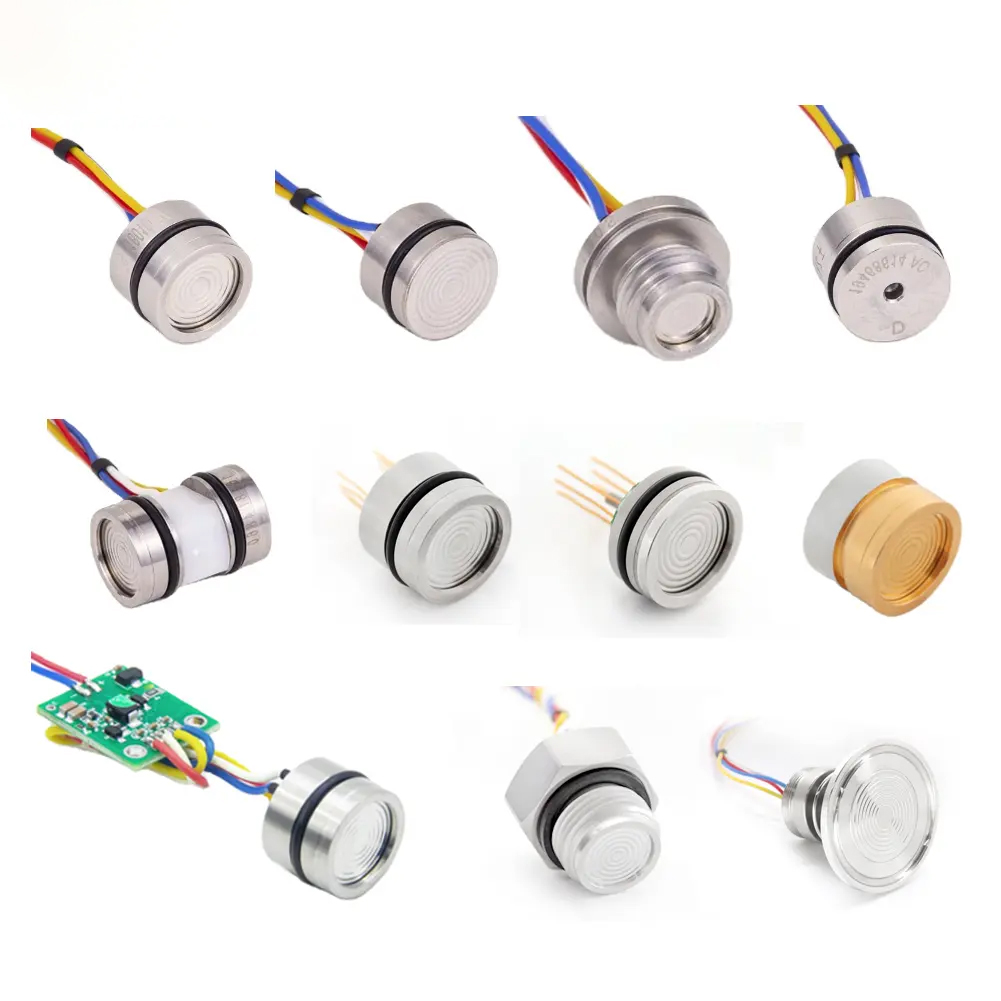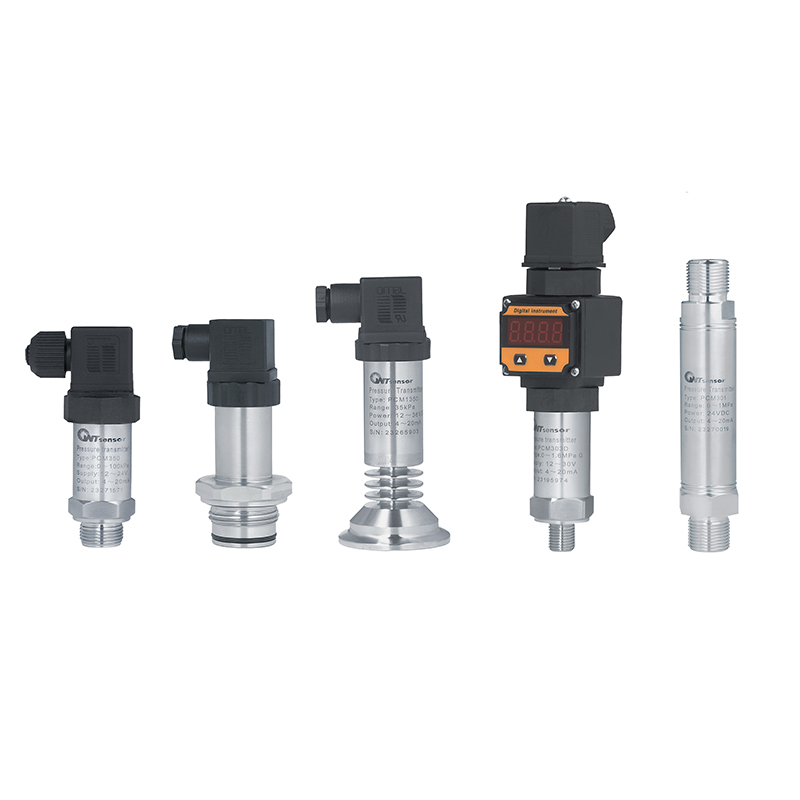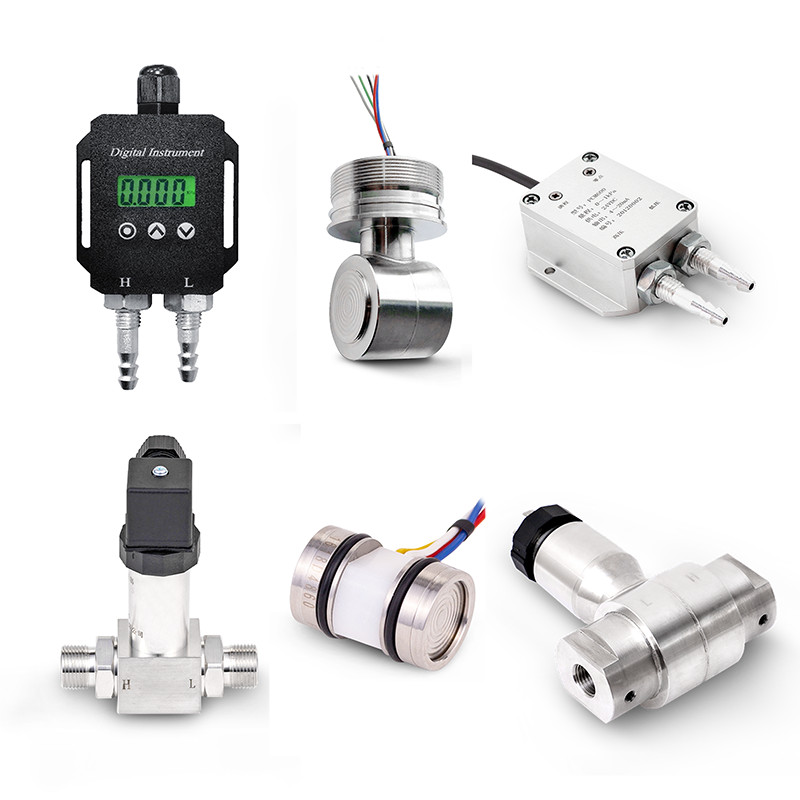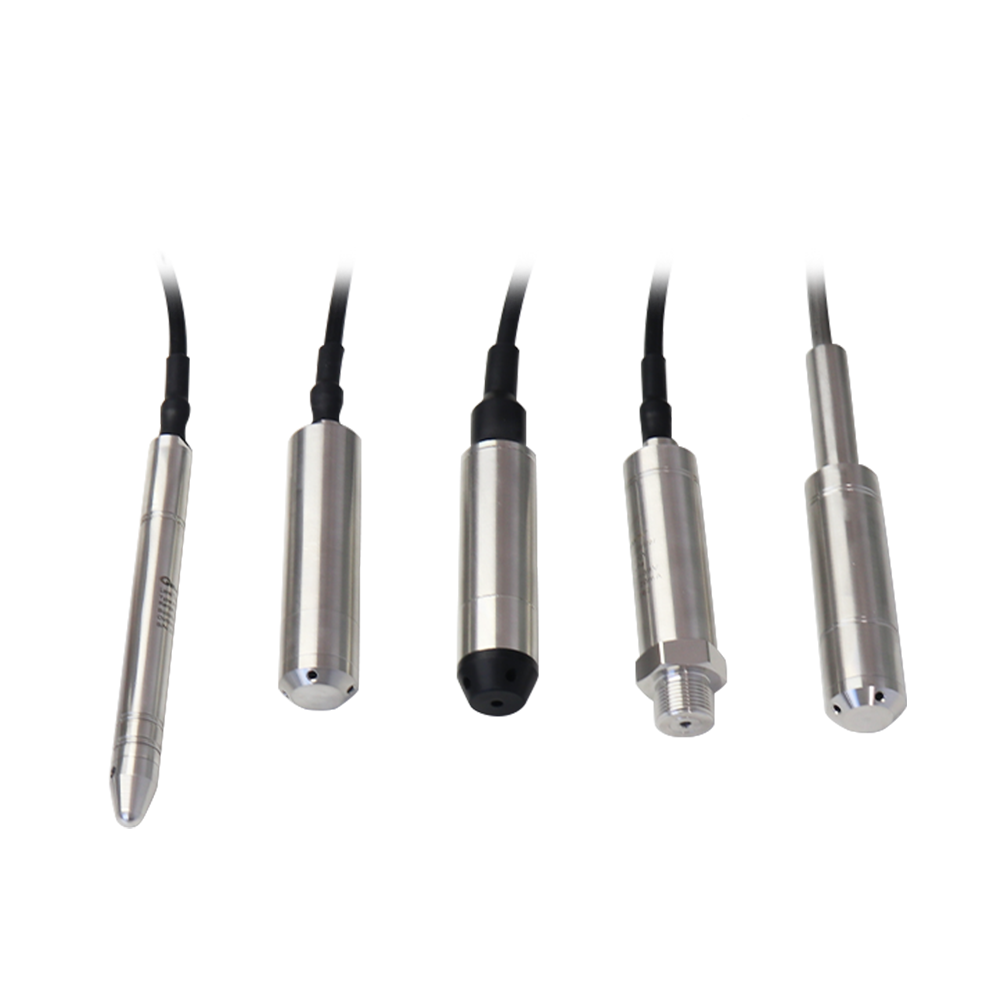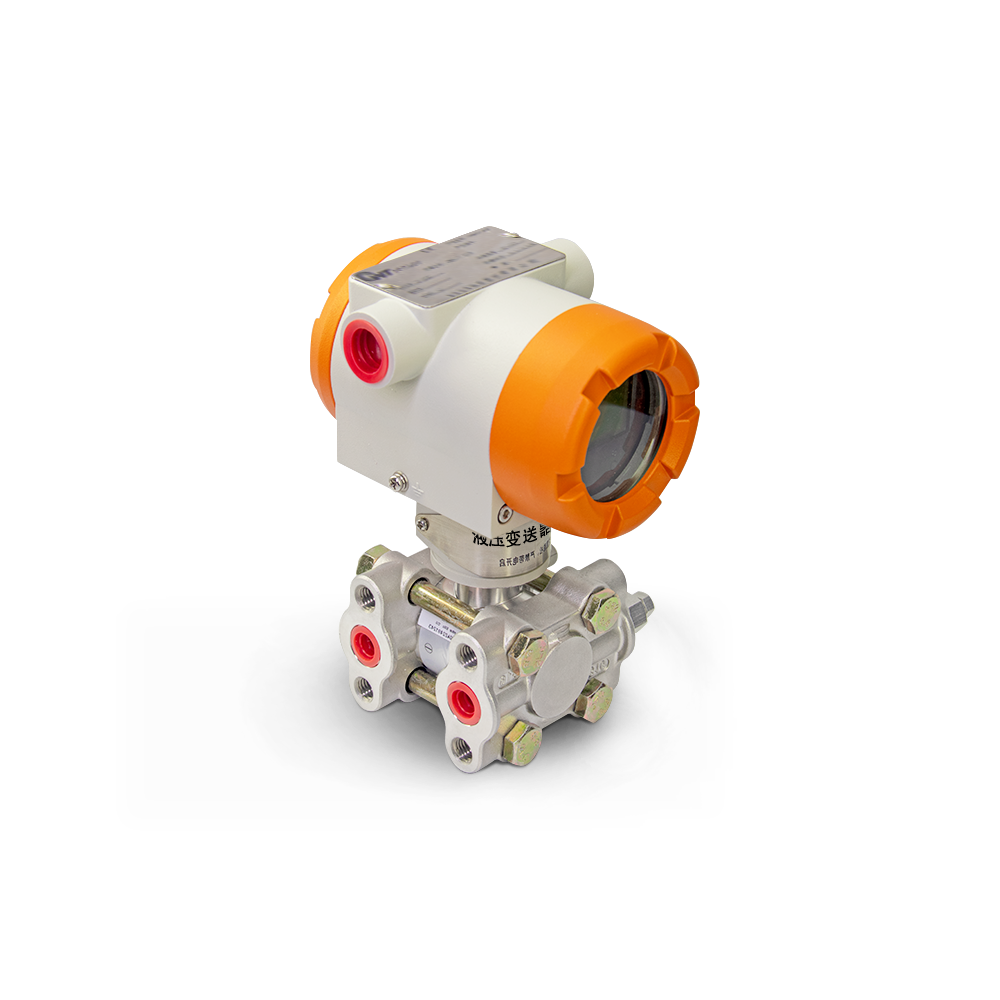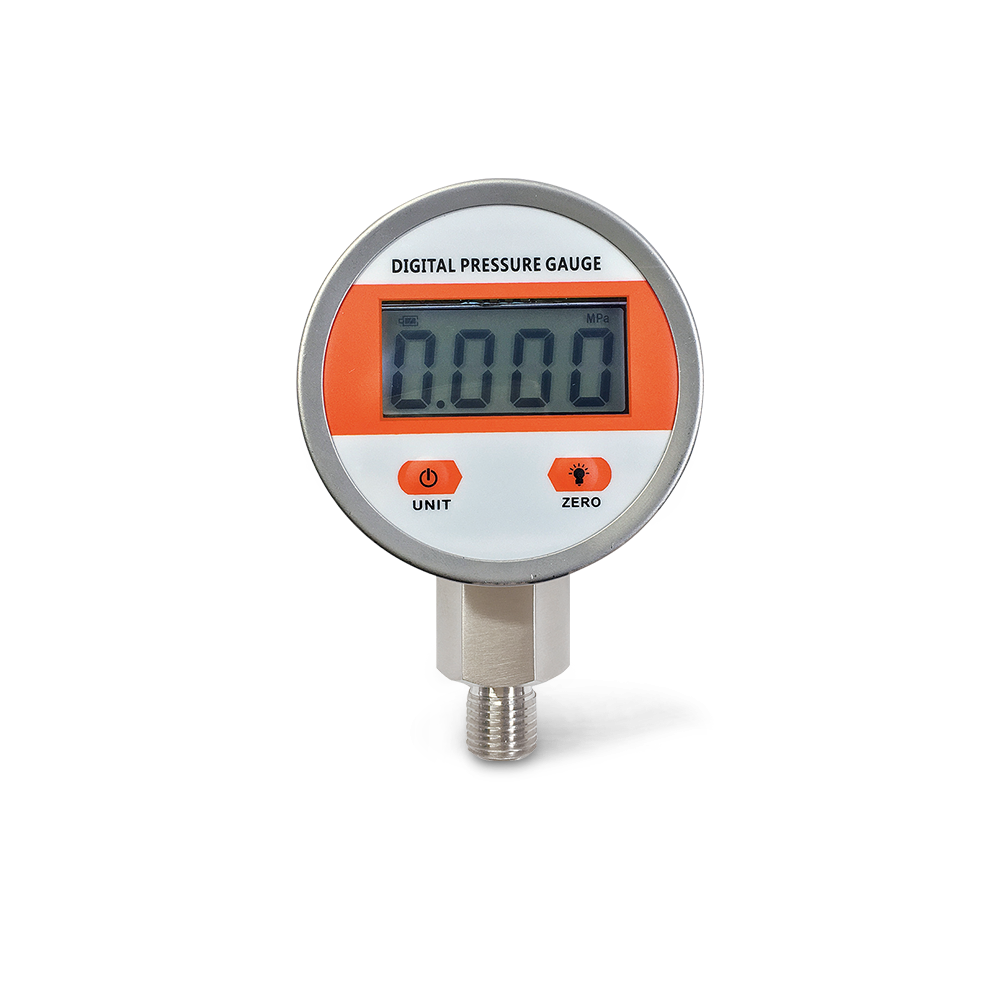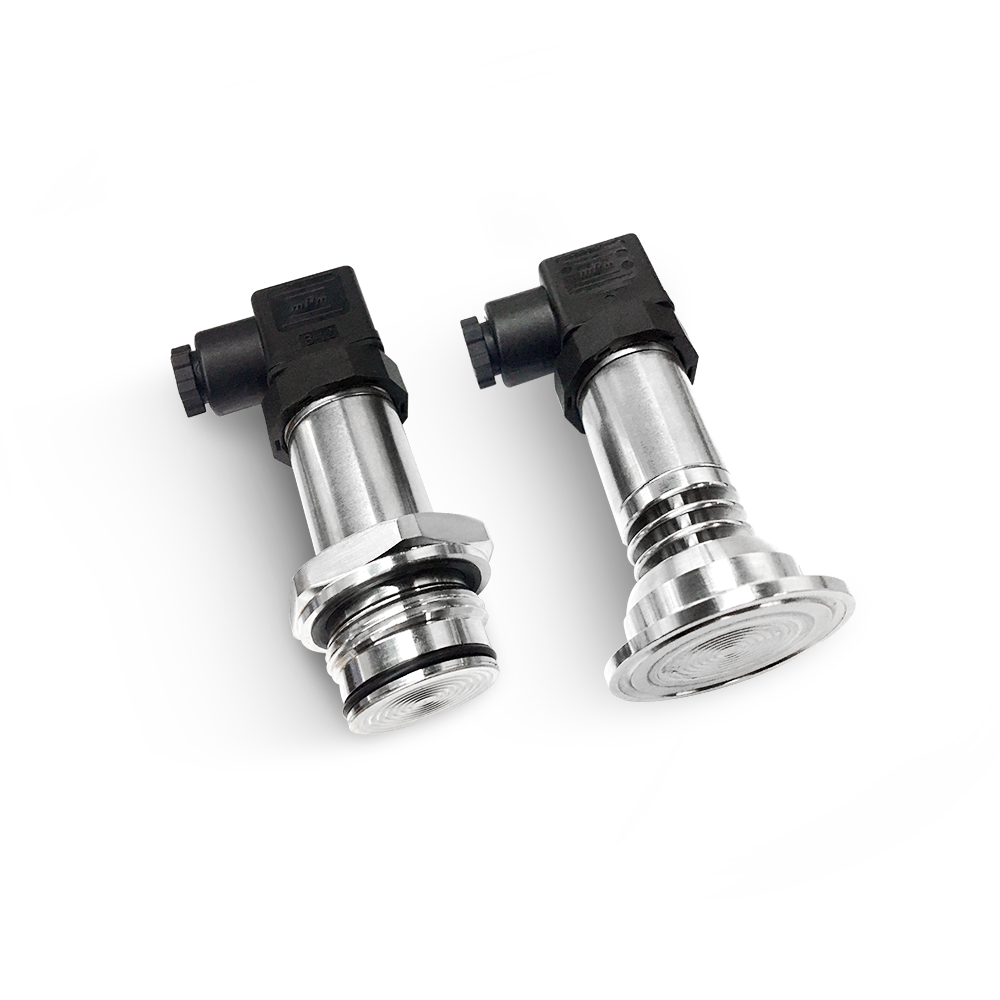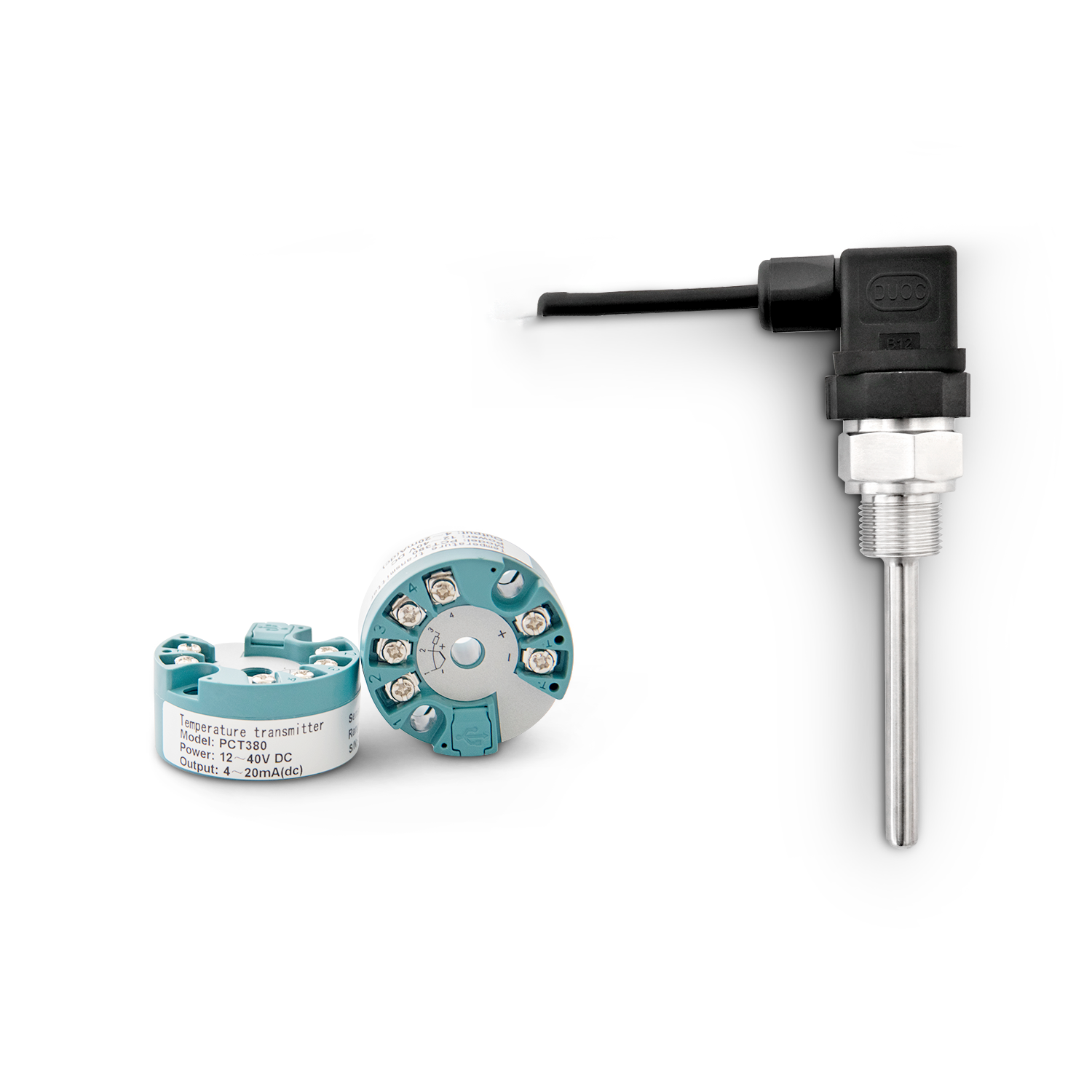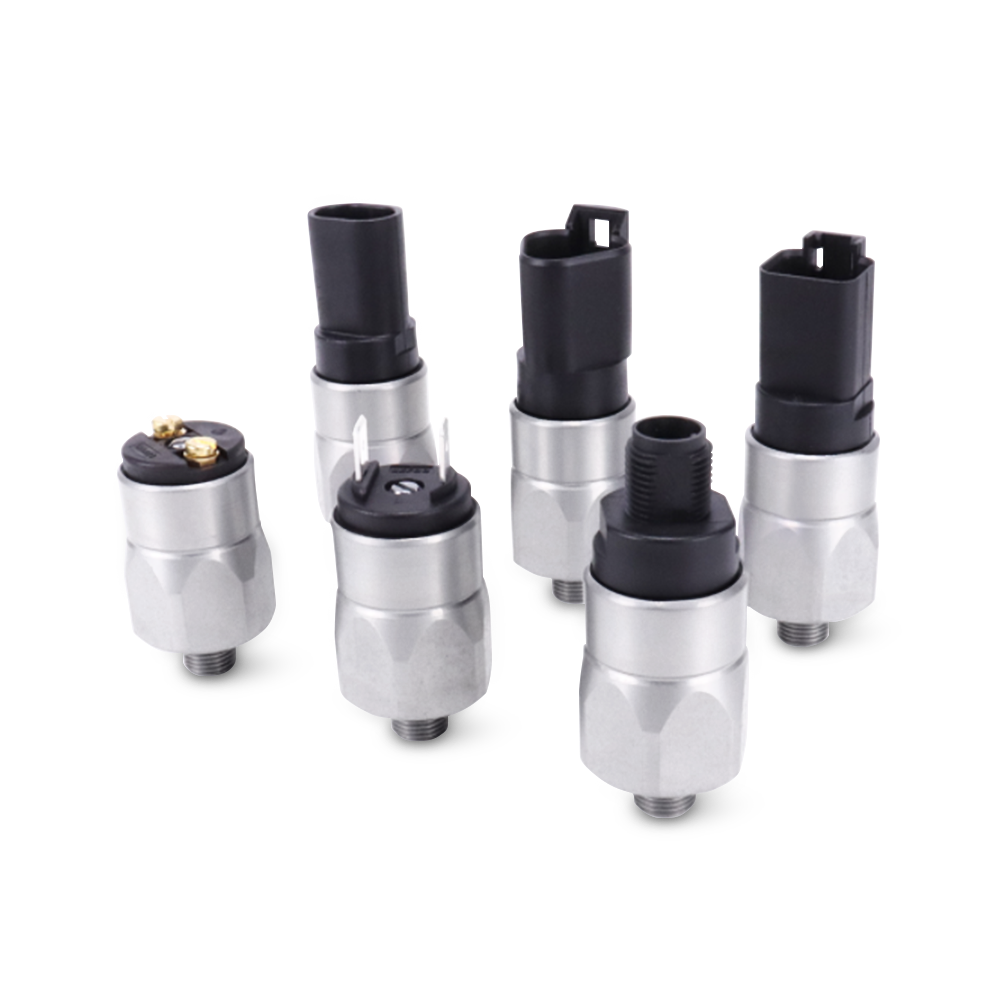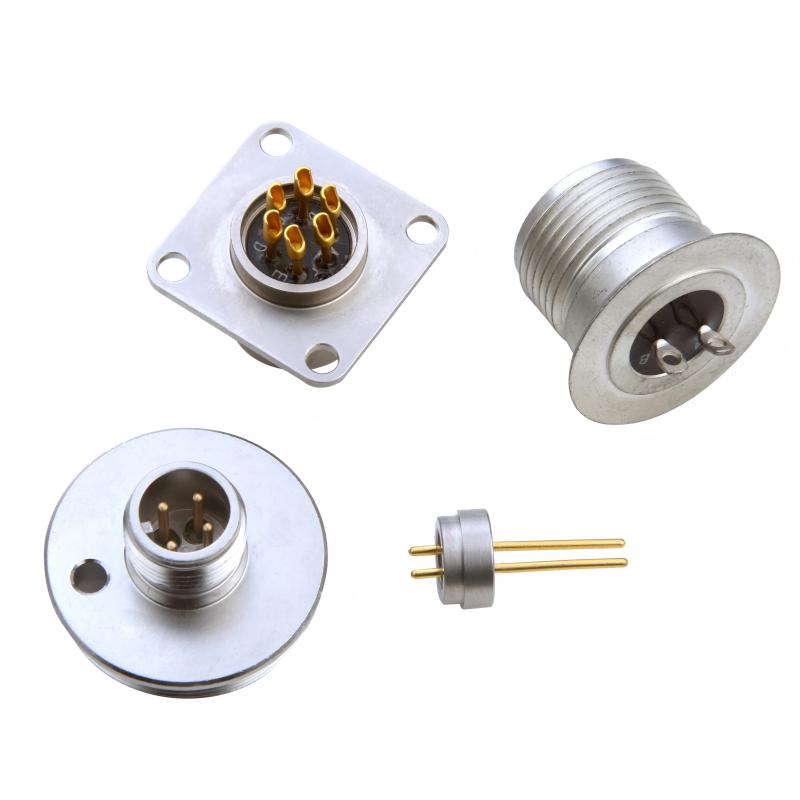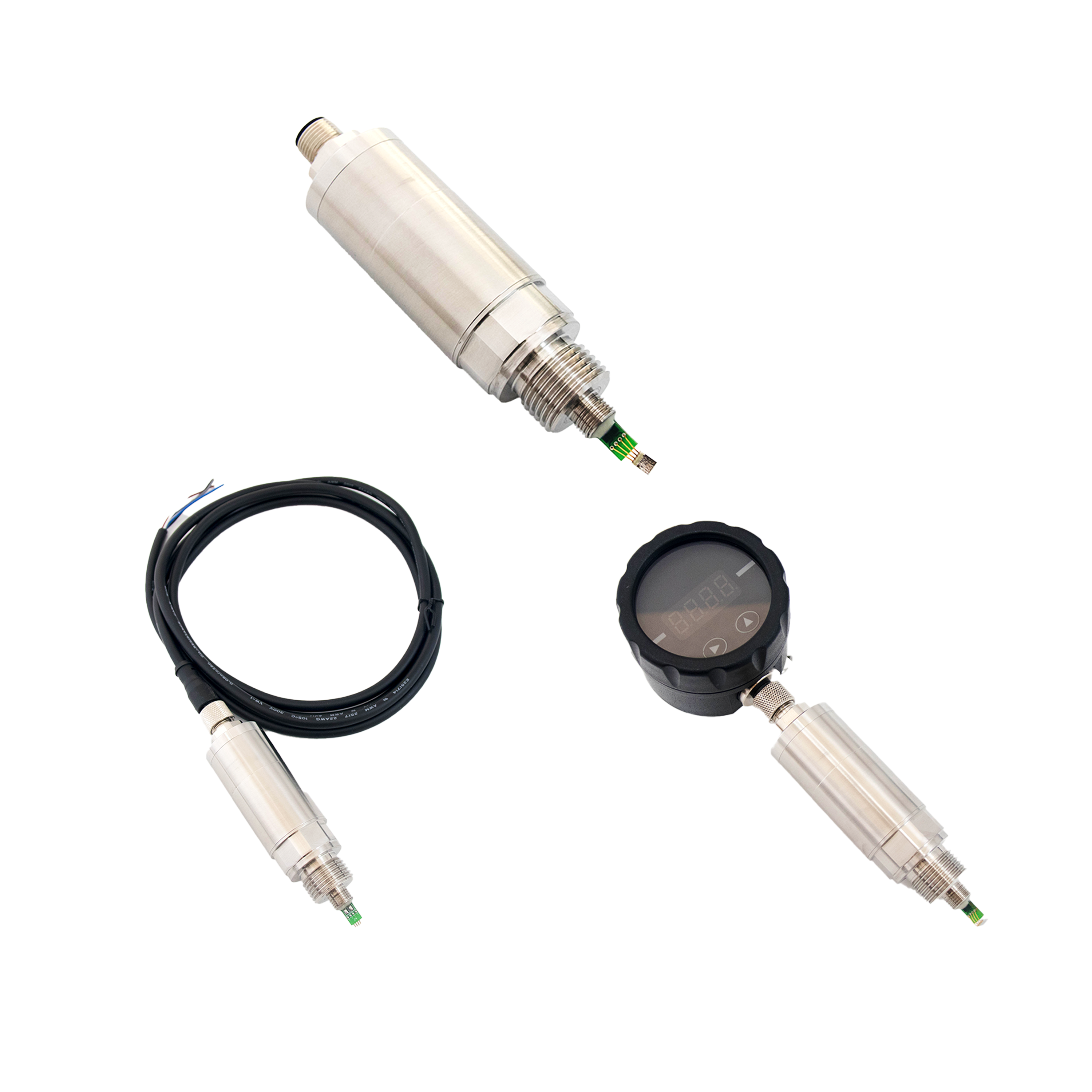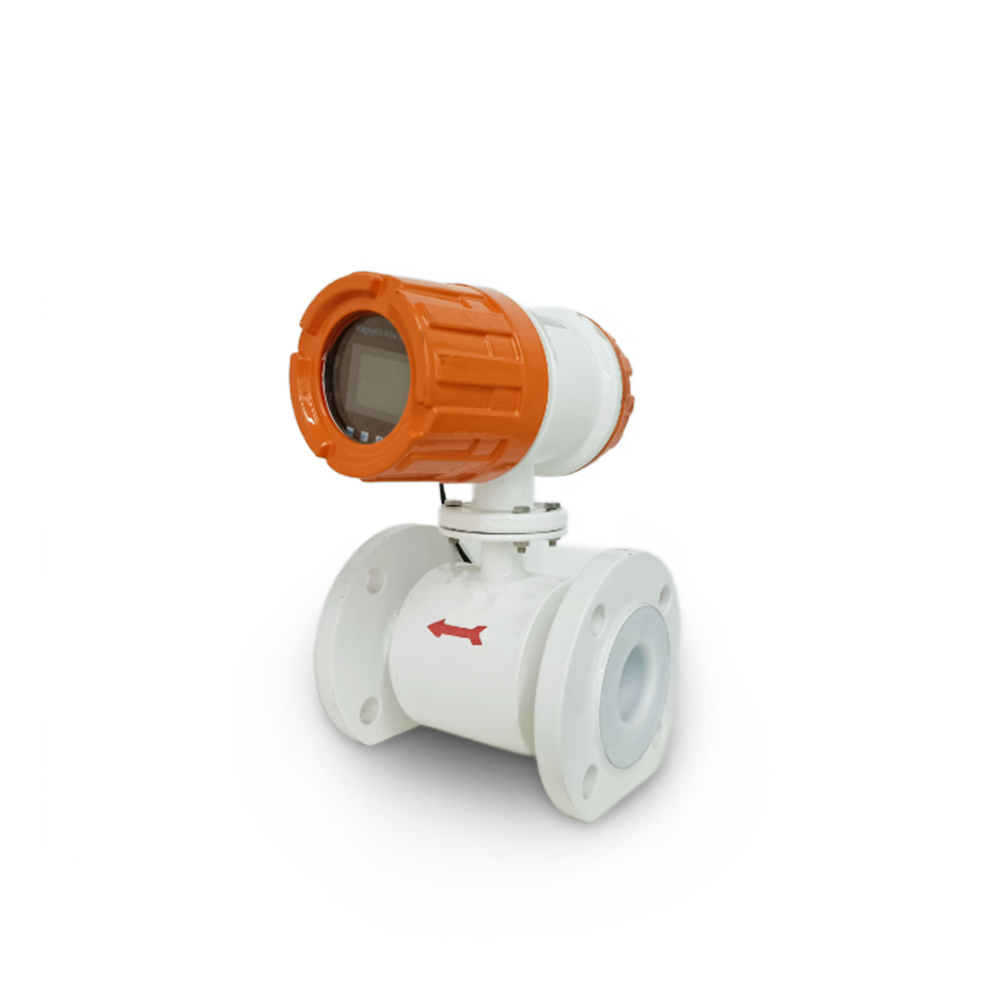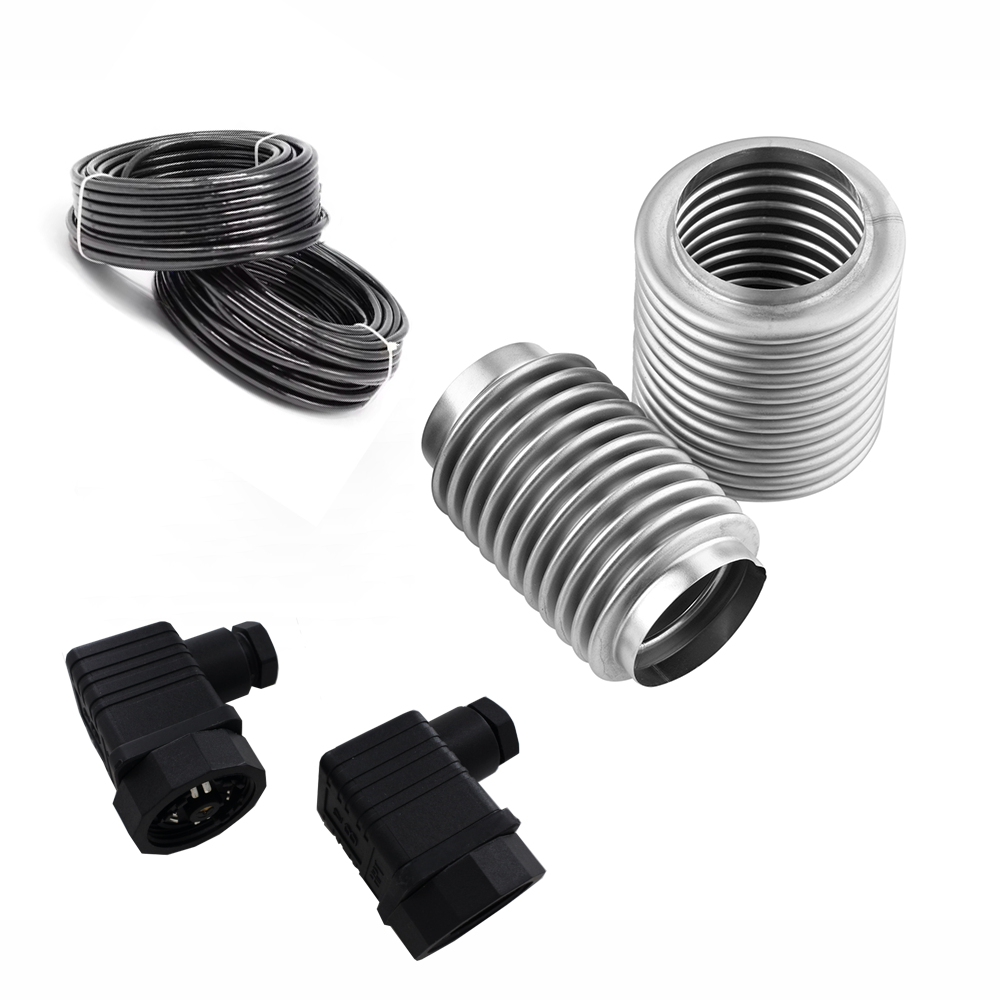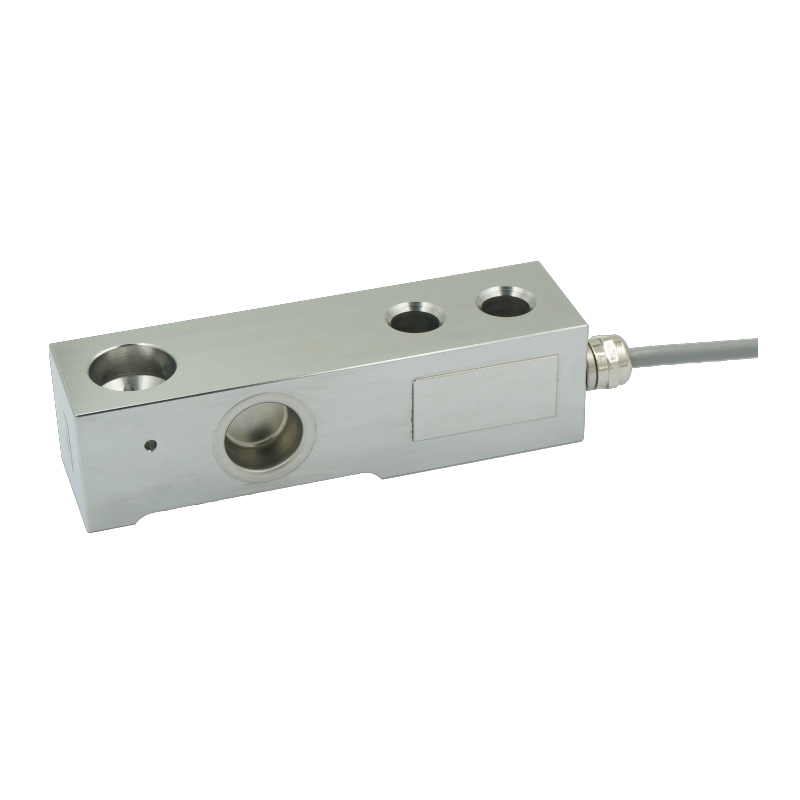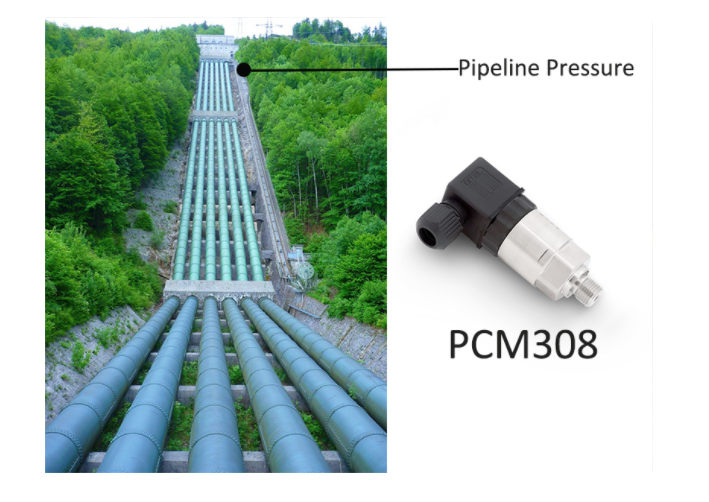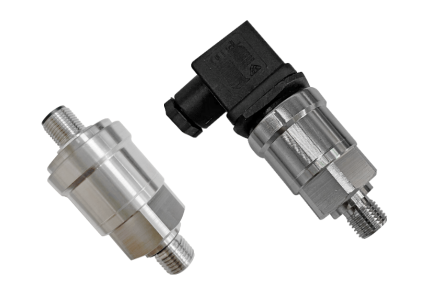How to Select the Right Pressure Transmitter for Hydraulic and Pipeline Applications
From: Issued date 2025.05.22 Back
Hydraulic systems rely on the controlled movement of pressurized fluids to perform work—such as lifting, clamping, or actuating motion. In pipeline applications, pressure transmitters help monitor and regulate fluid flow, prevent overpressure conditions, and maintain operational integrity.
Key roles of pressure transmitters in these environments include:
System Protection: Detecting abnormal pressure spikes that may indicate blockages or leaks.
Performance Monitoring: Maintaining optimal operating pressure for consistent system output.
Remote Supervision: Enabling centralized control via PLCs or SCADA systems.
Preventive Maintenance: Monitoring trends over time to predict wear or degradation.
Critical Parameters for Transmitter Selection
Choosing the correct pressure transmitter involves matching device parameters to real-world system conditions. The PCM308, with its versatile specifications, can serve a wide range of applications, but optimal performance depends on selecting the right configuration. Below are the most important parameters and how they relate to hydraulic and pipeline applications.
1. Pressure Range (-100kPa to 60MPa)
The pressure range is the most critical parameter. For low-pressure hydraulic circuits (such as lubrication or cooling systems), a range of 0–1 MPa may suffice. In contrast, high-pressure systems—like heavy machinery or hydraulic presses—may operate at 20–40 MPa or higher.
Selection Tip:
Choose a transmitter with a full-scale range that is 25–50% higher than the system’s maximum operating pressure to avoid sensor fatigue and ensure longevity.
2. Pressure Reference (Gauge, Absolute, Sealed Gauge)
Gauge Pressure: Measures pressure relative to atmospheric pressure. Ideal for closed-loop hydraulic systems.
Absolute Pressure: Measured against a perfect vacuum. Used in vacuum systems or where atmospheric variation can distort readings.
Sealed Gauge: Reference is sealed at factory atmospheric pressure. Used in deep hydraulic or subsea applications where barometric pressure is irrelevant.
Selection Tip:
For most above-ground hydraulic and pipeline applications, gauge pressure is suitable. Use sealed gauge in submerged or sealed systems.
3. Accuracy (±0.5%FS)
In systems where even small deviations can lead to process failure (e.g., injection molding, brake systems), high accuracy is essential. The PCM308 provides ±0.5% full-scale (FS) accuracy, suitable for precise control applications.
Selection Tip:
Consider tighter accuracy (≤0.5%) for automated systems or safety-critical operations. Slightly lower accuracy may suffice for monitoring-only tasks.
4. Temperature Drift (±1.5%FS over -20℃ to 85℃)
Hydraulic fluids can heat up significantly during operation. The PCM308 maintains accuracy across a broad temperature range, making it ideal for outdoor, industrial, or mobile hydraulic systems.
Selection Tip:
For outdoor pipeline monitoring, ensure the device can handle both low ambient and high medium temperatures without loss of accuracy.
5. Output Signal (Current Output)
A 4–20mA current loop is the most robust signal for industrial environments due to its resistance to electrical noise and ability to transmit over long distances.
Selection Tip:
Current output is preferred in pipeline infrastructure and large hydraulic systems integrated with SCADA or remote monitoring.
6. Mechanical and Environmental Robustness
The PCM308’s IP65-rated housing and 316L stainless steel diaphragm ensure reliable performance even in corrosive or high-vibration environments, such as:
Underground pipelines
Heavy construction equipment
Marine hydraulics
Selection Tip:
Always match the mechanical durability with the application’s physical conditions—shock, vibration, exposure to chemicals, etc.
Application Scenarios
Here’s how pressure transmitters like the PCM308 are applied across specific sectors:
Hydraulic Power Units (HPUs)
In mobile and industrial HPUs, pressure transmitters ensure correct hydraulic pressure is maintained for actuators. A typical application includes 0–25 MPa transmitters to monitor pump output or accumulator pressure.
Pipeline Monitoring Systems
Pipelines transporting water, oil, or chemical fluids require transmitters with broad pressure ranges (e.g., 0–10 MPa) and high resistance to corrosive media. The PCM308’s 316L wetted parts and high shock resistance make it ideal.
Hydraulic Presses and Injection Molding
These require ultra-stable, fast-response transmitters for real-time feedback control. The PCM308’s ≤90ms response time and high repeatability (±0.1%) are critical here.
Marine and Offshore Hydraulics
With its sealed gauge option and IP65 protection, the PCM308 is ideal for deck machinery, steering hydraulics, and submersible pumps exposed to saltwater and harsh conditions.
How to Choose the Right Transmitter: A Step-by-Step Guide
1. Define the Pressure Range:
Determine operating and peak pressures. Choose a transmitter rated 25–50% above max pressure.
2. Select the Reference Type:
Gauge pressure for general systems; absolute or sealed gauge for vacuum, altitude-sensitive, or submerged systems.
3. Evaluate Environmental Conditions:
Consider exposure to vibration, moisture, chemicals, and temperature swings. Choose transmitters with corresponding IP ratings and material compatibility.
4. Determine Electrical Requirements:
Match signal output to your data acquisition or control system (e.g., 4–20mA, 0–10V).
5. Assess Physical Interface Needs:
Ensure mechanical fittings match your piping system (e.g., G1/4", NPT) and consider mounting constraints.
Professional Solutions We Provide
We offer more than just pressure transmitters—we provide integrated solutions tailored to your industry’s needs:
✅ Custom Pressure Ranges and Outputs
Need a 0–12 MPa range with 0–5V output? We support flexible customization to match your system’s specifications.
✅ Corrosion-Resistant Designs
Our 316L stainless steel models are suitable for saline, acidic, or oil-based fluids. For harsher media, we offer coatings and alternative materials.
✅ OEM Integration Support
We assist OEM customers in embedding pressure sensing into machinery, offering compact designs, custom calibration, and field-tested durability.
✅ Field Application Consulting
Our engineers analyze your hydraulic or pipeline layout and recommend suitable pressure monitoring points, reducing installation errors and maximizing system safety.
✅ After-Sales Technical Support
From installation guidance to troubleshooting and recalibration services, our team provides full-lifecycle support.
With its high accuracy, robust design, and flexible configuration options, the PCM308 is ideal for a wide variety of applications. Coupled with our expert customization and engineering support, we ensure that you not only get a reliable product but also a solution tailored to your operational needs.
This article Tags: pressure sensor pressure transmitter
Back to List
